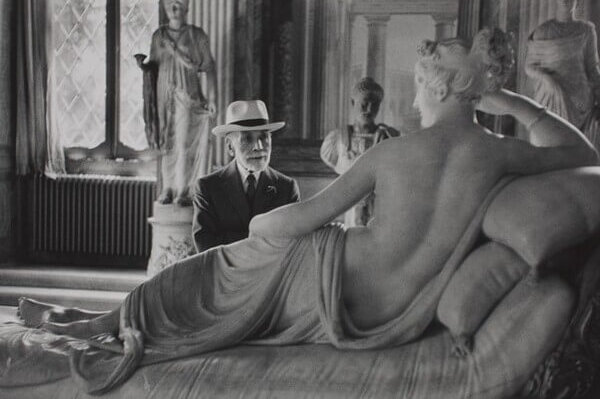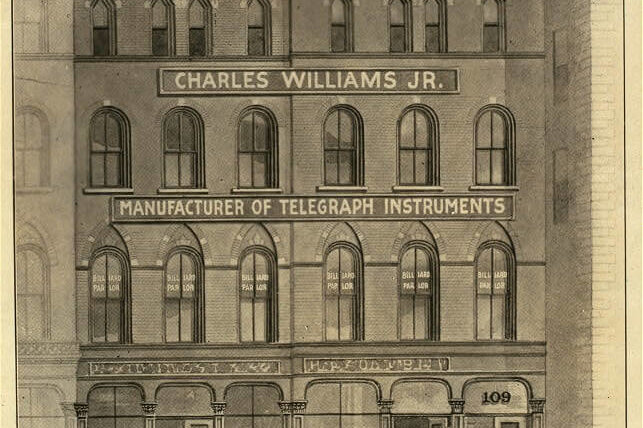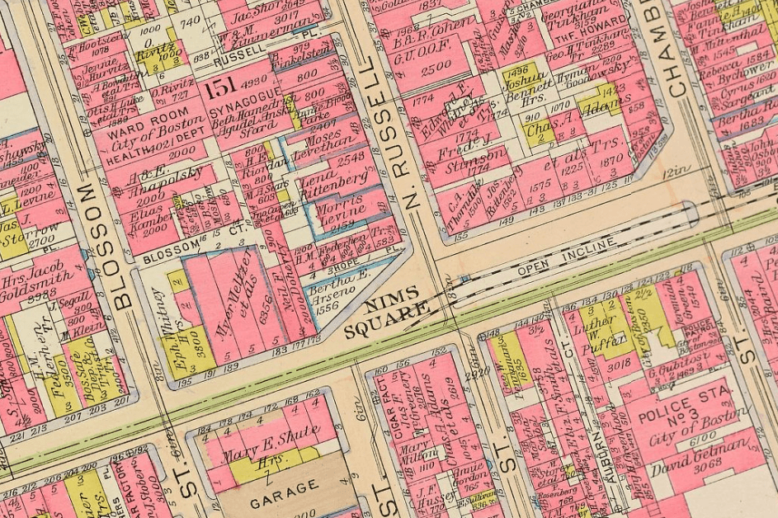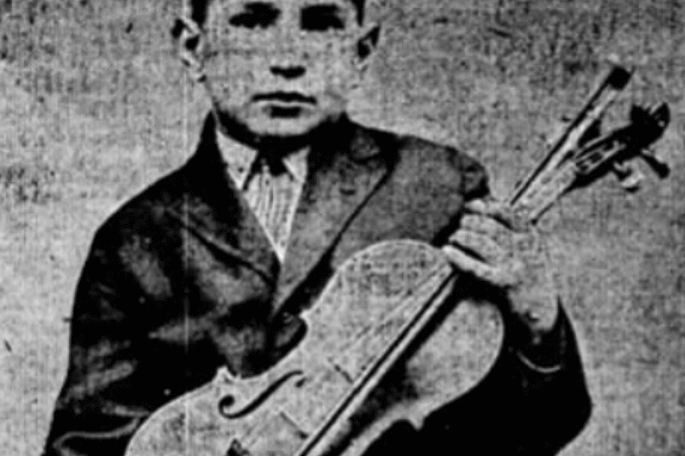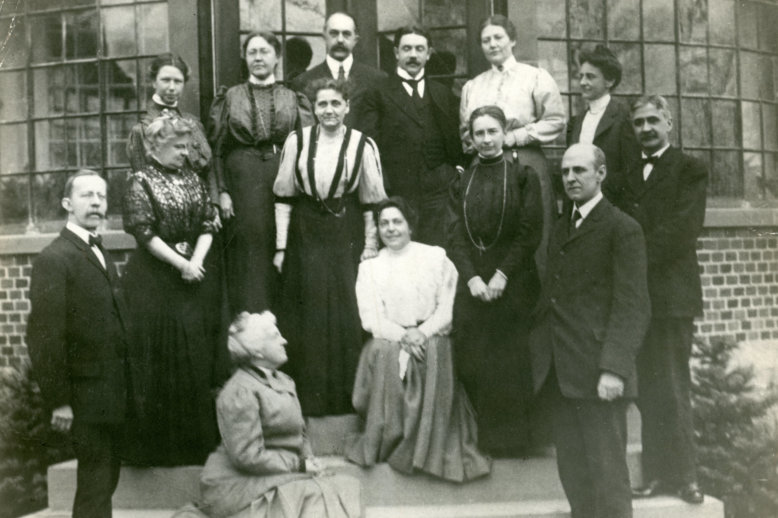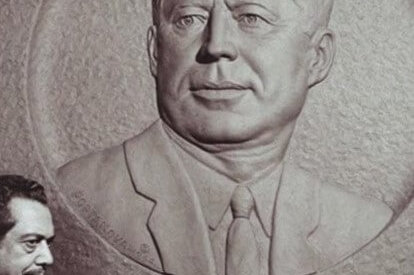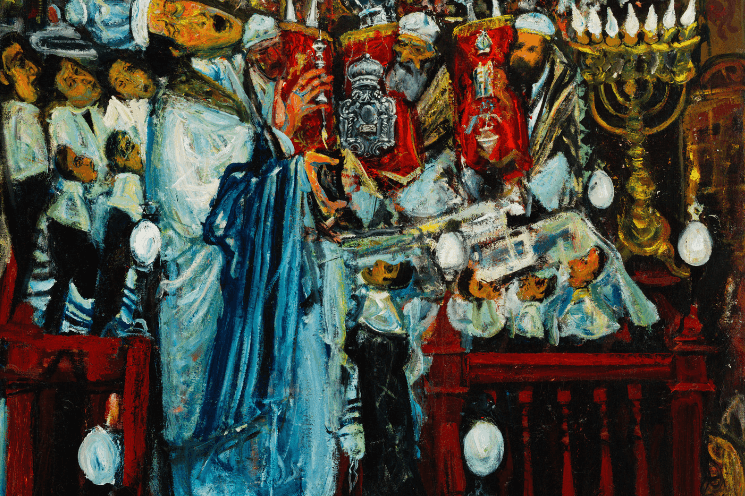Era: Immigrant Neighborhood (~1880-1960)
Immigration, first, second, and third-generation Americans, Settlement Houses, Irish politics, etc.
Bernard Berenson (1865-1959) was a Lithuanian-born, West-End-raised art historian and commercial art dealer specializing in the Italian Renaissance. His knowledge and expert connoisseurship greatly impacted the art world of the 19th and 20th centuries, and his dealings with wealthy Americans bolstered the flow of Old Masters into the country. His publications on Italian Renaissance artists were hugely successful and are still used in classrooms today.
Thomas Edison (1847-1931), the famed inventor with 1,093 patents, got his start in Boston before contributing to the invention of the lightbulb, phonograph, and movie camera. From staying at boarding houses on Cambridge Street to experimenting in workshops in Scollay Square, the West End was a launching pad for the young Edison’s nascent career as an inventor and entrepreneur.
In 1916, Boston’s Committee on Public Lands voted in favor of naming the junction at Cambridge, North Russell, and South Russell Streets “Nims Square,” in honor of Ormand F. Nims, a distinguished Civil War veteran and longtime West End business owner.
Prescott Townsend (1894-1973) was a gay activist who lived on the North Slope of Beacon Hill from the early 1920s until his death in 1973. He was outspoken and proud of his identity, from boasting about his pilgrim ancestors to organizing early LGBTQ+-oriented groups in Boston.
Settlement houses were a valuable resource for immigrant families, providing them educational and health services, and practical support in adapting to their new country. Some settlement houses offered specialized services, such as music school settlements, which gave children and adults an opportunity to escape the daily struggles of city life by engaging with the arts.
The settlement movement was an attempt by scholars and social reformers on both sides of the Atlantic to address the problems caused by industrialization, urbanization, and, in America’s case, the mass immigration of the late 19th and early 20th centuries. Settlement Houses were important institutions in Boston’s West End, assisting families with a wide range of educational and social services.
Joseph D. Portanova was the child of Italian immigrants who settled in the West End. He was introduced to art by Eva Whiting White at the Elizabeth Peabody House and went on to become a prolific, nationally known sculptor.
Born into an Orthodox Jewish family, artist Hyman Bloom grew up in the West End attending the Vilna Shul with his father. In adulthood, he veered away from Orthodox Judaism and towards the mystic, esoteric, and occult. Bloom’s art both parallels and is the product of his spiritual journey.


